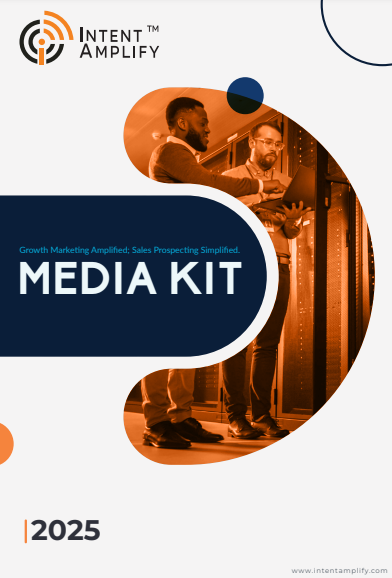
Best B2B Online Marketing Strategies
- Last updated on: August 12, 2022
Best Websites
B2B online marketing strategies are as follows:
It’s hard to imagine that just ten years ago, digital marketing was slightly in B2B budgets. Digital marketing is the swift-growing marketing order; B2B marketing budgets are shifting from print, trade shows, and direct correspondence to digital media, and further plutocracy is being added to the budget.
A good website attracts and informs prospects, generates leads, promotes the brand, and updates guests. For B2B companies, especially those who sell encyclopaedically, the website is now the central pillar of marketing. It used to be that B2B companies could launch a website and forget about it for many months.
B2B buying has changed, and websites have evolved alongside it. And the pace of change is accelerating. Now, website content must be kept up to date so search machines can find the point, and the appearance must be ultramodern so that your company doesn’t look antiquated.
Most small and mid-size B2B companies have streamlined their spots in the last five years, but numerous need an overhaul. It’s a ferocious process, so it’s understandable that companies repel it. I’ve seen companies take months to go through the website development process–only to end up with a website that doesn’t really serve the company.
Too numerous businesses get caught up in the design of the point rather than its function of it. Like every other b2b online marketing tool, an effective website has a purpose. As a starting point, perform an inspection of your current website.
Website Content Tactics
Next, consider these two questions when starting a website design.
1) Who are the target audiences for our website?
2) Once they’re there, what do we want them to learn and do?
It’s likely you’ll have many answers to both questions, so use a matrix to capture them. b2b online marketing generally involves several stakeholders with different requirements, so the information you give has to cover all the different requirements.
Then a frame I use with a high-position illustration It can be helpful to review what other businesses in your area are doing. Take a look at the challengers’ websites.
Take notes on the ways they organize and present their information. Assess their styles, relative strengths, and sins. Use this exploration to produce your point armature by combining their stylish ideas and avoiding their miscalculations. Also consider other spots you’ve visited that have great designs. What makes them good, and can you emulate those rudiments?
Website Design and Structure
Always make Websites with Search Engine Optimization (SEO) in Mind.
In b2b online marketing Websites are no longer just information purveyors. They’ve got to attract callers to be helpful. That means that when a prospect does a search for the services or products your company provides, your website needs to come up in the results.
It’s vital to know the keywords that are applicable for your company and to design your website, not just the dupe, but the armature too so that the point can be fluently set up. Use tools like Google AdWords ’ keyword tool and Hubspot to identify the keywords suited to your business.
Design Matters
While functionality is vitally important for an effective website, a good look matters too. However, it’ll show – and callers will assume your company isn’t current, If you haven’t streamlined your point a number of times. Then are some tips for successful website development
1. Hire a professional
Your website is too important to entrust to a web-expertise bastard or whoreson or to a bargain-basement web design establishment. Do a bit of exploration and ask peers at other companies for recommendations.
Look at the “point made by” credits on websites you respect. You may not have the deepest pockets, but your company’s online and visual presence isn’t a commodity to scrimp on.
2. Keep your runner design harmonious
A good developer will take care of this for you. Keep callers happy and on track by having a harmonious look throughout your website. Navigation menus should appear in the same place on every runner.
Make sure the headlines, font size, and typeface remain the same. Generally, websites have one layout for the homepage and one or two fresh layouts( no further) for the internal runners.
3. Keep the website mobile-friendly
It is the main factor in b2b online marketing and business people are viewing websites on their smartphones, netbooks, and tablet computers. These biases are limited in what they can display — for illustration, iPads are ignominious for not allowing Adobe Flash content – so avoid using a layout that runs the threat of complicating a mobile druggies’ browsing experience.
4. Keep the point spare and fast
Internet browsers have short attention spans, so your website needs to load presto to stop observers from clicking down. If the Point takes further than five seconds to load, not numerous people will stick around to see it.
5. Use A Content Management System( CMS)
A CMS is a type of software hosted on your website that makes it easy to edit web pages. Not only does it make website conservation simple for the average stoner, but it’s especially useful for complex websites with numerous runners. It makes it easier for multiple people to manage the point.
Like utmost aspects of website development, a CMS takes some specialized trouble to get up and running, so you’re better off having your web design establishment do the original work. But once it’s enforced, you can maintain your website through the CMS rather than having to call your web inventor to add every new press release and product update.
6. Plan ahead
The design and programming platform should take into account future additions to the website such as new sections, pages or features. Plan now to avoid high costs future.
Buyer-centric digital content
Design your site with buyers in mind – they are the buyers; after all the type of visitors, you are trying to attract. Too often, companies get absorbed in the bells and whistles of website design and neglect the web’s fundamental function: communicating your message to buyers.
Buyers search the Internet and visit company websites because they are looking for a solution. They are time-sensitive agendas with little room for aimless exploration. While other types of buyers have different needs, all buyers want to work with companies that “get” them.
They are more likely to explore websites that directly appeal to their unique situations, challenges, and goals. The tone of your copy will play a big part in it.
Calls to action
Once a buyer visits your website and finds out they are interested in what you have to offer, they want to know what they have to do. This is why every website needs a call to action: a box, button, or link that says “do it now!”
The standard “call us for more information” button is a basic necessity. A more effective call to action is customized to a specific page or to a targeted need. Specific actions like “call to schedule a sales presentation” or “click here to register for our webinar’ will lead potential customers in the right direction.
Registration forms
Similar to calls to action, every page of your website should contain an invitation for visitors to become potential customers. It is possible to get valuable information about who is visiting your site by asking a few basic details before visitors can access certain types of content at a high level.
For example, introductory information such as product listings and data sheets may be freely accessible. More complex content such as technical specifications or proprietary white papers may merit registration. Ask for basic only information-name, surname, company, and e-mail.
Online share buttons
Is it easy for users to share your site? Every page should have built-in widgets that allow readers to send emails, Bookmark, Tweet, Google+1, or Facebook “Like” your Page. These buttons usually appear at the bottom of the content and can be easily added to the template.
Digital Content that is Downloadable
Downloadable documents are essential for B2B company websites, but your existing print media may be difficult to transfer online. The solution is twofold: first, convert the existing print collateral into digital format, and secondly, secure it so that all future marketing materials are designed with both print and print websites in mind. The best way to ensure that your print materials are web-friendly is to convert them to PDF files.
PDF files are standard on the web and almost every computer has a PDF reader (such as Adobe Reader or Foxit Reader) that allows users to view and print documents. To create a PDF, everyone needs original files: from files created in design and layout programs, as well as any documents created using Microsoft® Word or other word processing programs.
When designing your marketing collateral, keep some basics in mind instructions to make sure they work well online and offline:
Page size should be letter size (8.5″ x 11″). This will enable the easy printing of documents by almost anyone’s office printer.
• Sales and technical sheets are often printed double-sided but it doesn’t work on the web – create an alternative web-friendly design that decays naturally to individual pages 8.5″ x 11″.
• When choosing colors, avoid using shades that will blend together when converted to grayscale. Avoid white text on a dark background—no, it’s just hard to read on the screen, but it wastes a lot of ink when printing.
• If you include photos or images, include both low- and high-resolution versions on hand. High-resolution images are required for commercial printing purposes but can result in huge PDF files that will take customers a long time to download and open. Lower-quality graphics work better on screen and in pro-individual printing.
Although it is important to have these documents available for download, PDFs should never replace websites. Ideally, the information in your PDF should also be available for users who would only like to read the website.




